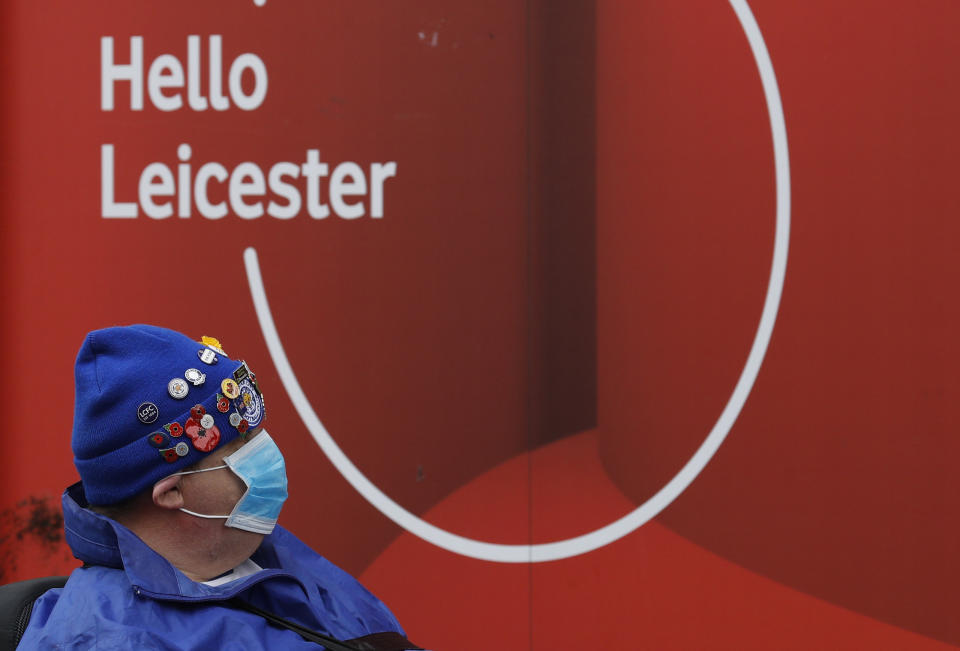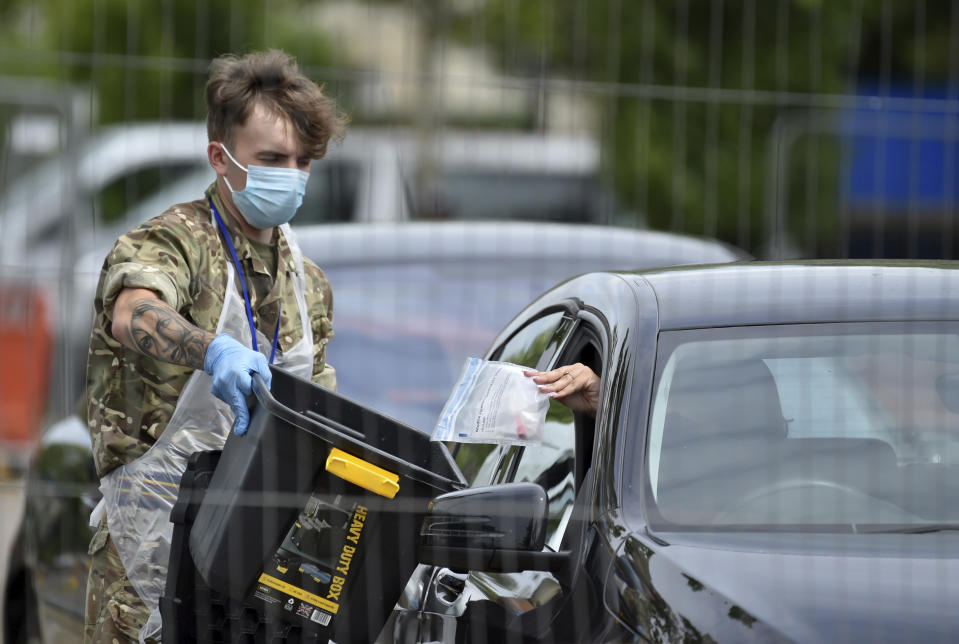Leicester coronavirus outbreak driven by spike in cases among younger people, report finds

The coronavirus spike in Leicester that has led to a local lockdown in the city has been driven by a rise in cases among younger people, according to a new report.
A report from Public Health England’s Rapid Investigation Team’s (RIT) found an increase in the number of people aged under 19 who had been infected, from 5% of all cases in mid-May to 15% in June, with a similar rise also noted among working-age people.
“If an excess of infections has occurred then it is occurring in young and middle-aged people,” said the report on the team’s preliminary investigation into the increase in cases in Leicester.

However, it said the rise in infections in younger people was not necessarily linked to the reopening of schools in June.
“Since the beginning of June there has been good provision of primary school access for children in Leicester, with 38% of the all age school capacity now being available (we believe that secondary access is currently still restricted to children of essential workers); and of this 94% of child-day place availability capacity is being utilised,” the report added.
“We have been unable to provide any analytical link to correlate this observation with any real or apparent rise in new infections in the Leicester area.
“However, it would seem sensible to investigate this association to exclude any evidence of the recent rise in observed case numbers of being linked to a return of larger numbers of children to school.”
The report, released on Wednesday evening, suggested that the rise in coronavirus cases in Leicester could have been driven by community transmission rather than by a specific outbreak, saying there were “no explanatory outbreaks in care homes, hospital settings, or industrial processes”.
Leicester is currently subject to a second lockdown after the spike in cases, sparking concerns that other cities could follow.
Academics and clinicians from the University of Leicester said reimposing lockdown represented a “failure of timely intervention” and the spike of regional infections exposed “key problems” that need to be “urgently addressed”.
In a letter to The Lancet medical journal, the group wrote that the opportunity to “escalate interventions locally” had been “stymied by the inadequacy of information sharing”.

The letter also raised concerns that an area-specific lockdown will “target and disproportionately affect ethnic minority communities” and said adherence to any measures requires effective community engagement.
“We should remain mindful that lockdown is a blunt and damaging tool of last resort that represents a failure of timely intervention,” it said.
“Our experience brings into sharp focus the shortfalls in the current identification and management of local Covid-19 outbreaks.”
Coronavirus: what happened today
Click here to sign up to the latest news, advice and information with our daily Catch-up newsletter
Read more about COVID-19
How to get a coronavirus test if you have symptoms
How easing of lockdown rules affects you
In pictures: How UK school classrooms could look in new normal
How public transport could look after lockdown
How our public spaces will change in the future
Help and advice
Read the full list of official FAQs here
10 tips from the NHS to help deal with anxiety
What to do if you think you have symptoms
How to get help if you've been furloughed

 Yahoo Movies
Yahoo Movies 

